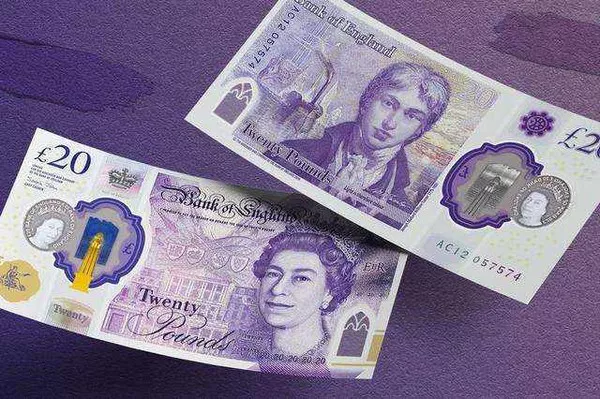GBP/JPY traded in a tight range around 183.00 during the Asian session on Friday and appears to have halted overnight retracement from its highest level since December 2015 for now.
Traders avoided building aggressive positions ahead of key UK macro data, opting instead to wait and see, including the release of a flash second-quarter GDP report against the backdrop of a gloomy economic outlook. It is worth recalling that the National Institute for Economic and Social Research (NIESR) said earlier this week that UK output would not return to its pre-pandemic peak until the third quarter of 2024. The National Institute for Economic and Social Research added in its quarterly update that there was a 60% risk of the government polling during a recession. This in turn is bearish for the pound and dampens GBP/JPY crosses.
However, the downside for GBP/JPY remains cushioned by the dovish stance of the Bank of Japan (BoJ), the only central bank in the world to maintain a negative benchmark interest rate. In addition, policymakers highlighted the recent move to make the yield curve control (YCC) policy more flexible, allowing 10-year JGB yields to rise to 1%, as a technical adjustment aimed at extending the duration of the stimulus. In addition, weak Japanese wage data released this week reaffirmed market bets that the Bank of Japan will keep interest rates ultra-low for the rest of the year.
This is a sharp departure from guidance from the Bank of England (BOE), which said the MPC would ensure that bank rates remain restrictive enough for long enough to bring inflation back to the central bank’s 2% target. It is worth recalling that the Bank of England raised its benchmark interest rate for the 14th time in a row in August, by 25 basis points to a 15-year high of 5.25%. However, the Bank of England described its current monetary policy stance as “restrictive”, suggesting that the tightening cycle may be nearing its end. Still, the GBP/JPY cross is on track for its first strong rally in the past three weeks.


